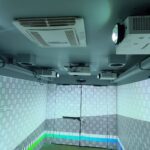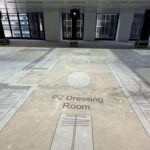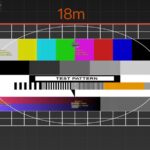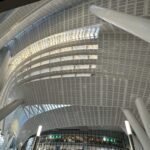Projection mapping art, also known as video mapping or spatial augmented reality, is an innovative technique that uses video projectors to display digital content on irregularly shaped surfaces, creating an immersive and dynamic visual experience. In recent years, projection mapping has become increasingly popular in a wide range of applications, from advertising to entertainment and art.
In this article, we’ll explore the fascinating world of projection mapping art, its history, the techniques involved, and some of the most remarkable examples of projection mapping artworks from around the globe.
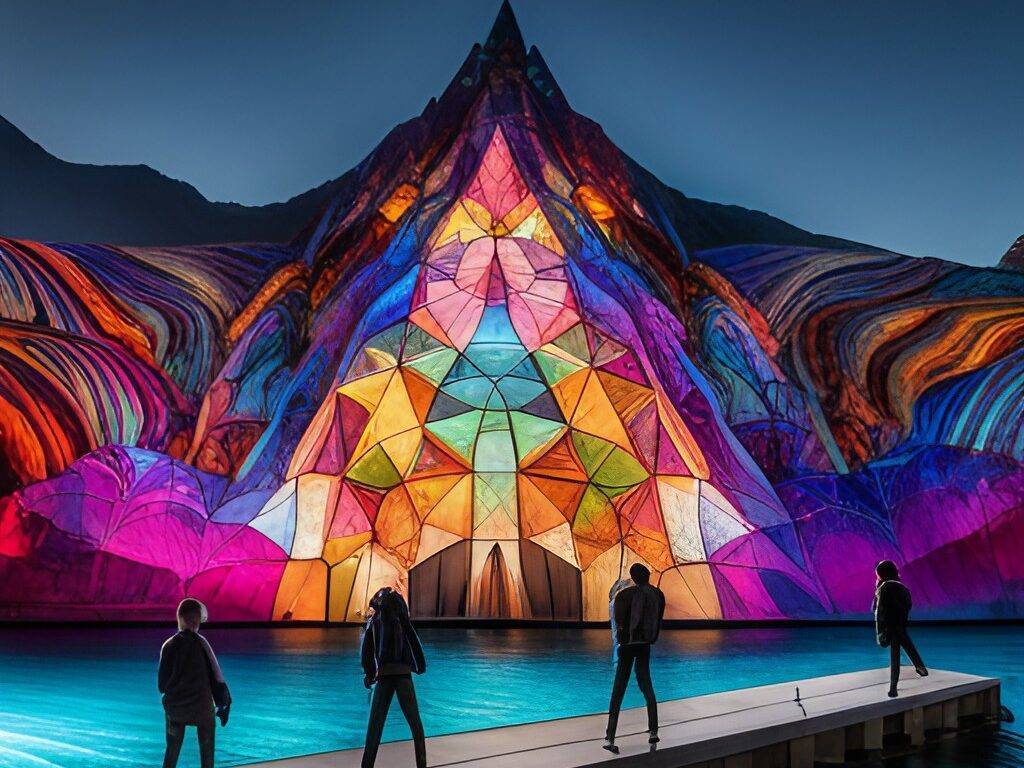
- The History of Projection Mapping Art
Projection mapping art has its roots in early experiments with light projection and multimedia performances in the 1960s and 1970s. However, it wasn’t until the development of powerful video projectors and computer graphics software in the 1990s that projection mapping as we know it today began to take shape.
One of the earliest examples of projection mapping art was the Light Fantastic show at Disneyland in 1986, where projections were used to transform the facade of the It’s a Small World ride into a giant, colorful display.

- How Projection Mapping Works
Projection mapping involves a complex process of mapping a 3D object or environment using a computer program and then aligning and adjusting the projection to fit the surface’s irregular shape. The projection is typically created using video footage or computer-generated images, and the content is mapped onto the object’s surface using various techniques such as corner pinning or mesh mapping.
The result is a dynamic and immersive visual experience that transforms the surface into a living canvas, creating a sense of movement, depth, and texture that goes beyond traditional 2D projections.

- Techniques Involved in Projection Mapping
Projection mapping is a complex process that involves several techniques to achieve the desired effect. These techniques include:
- Content creation: the creation of video footage or computer-generated images that will be projected onto the surface.
- 3D modeling: the creation of a 3D model of the object or environment that will be projected onto, including accurate measurements and textures.
- Mapping: the process of aligning and adjusting the projection to fit the surface’s irregular shape, using various techniques such as corner pinning or mesh mapping.
- Masking: the process of masking out unwanted parts of the projection, such as shadows or reflections.
- Calibration: the process of adjusting the brightness, contrast, and color of the projection to match the surrounding environment.

- Applications of Projection Mapping Art
Projection mapping has a wide range of applications, from advertising and branding to entertainment and art. Here are some examples:
- Advertising: projection mapping can be used to create eye-catching and immersive advertisements, transforming ordinary billboards or buildings into dynamic and engaging displays.
- Branding: projection mapping can also be used to enhance brand experiences, such as product launches or store openings, creating a memorable and interactive experience for customers.
- Entertainment: projection mapping has become increasingly popular in live events, such as concerts or festivals, creating a unique and immersive atmosphere for the audience.
- Art: projection mapping has also become a popular medium for artists, enabling them to create interactive and dynamic installations that transform the environment around them.
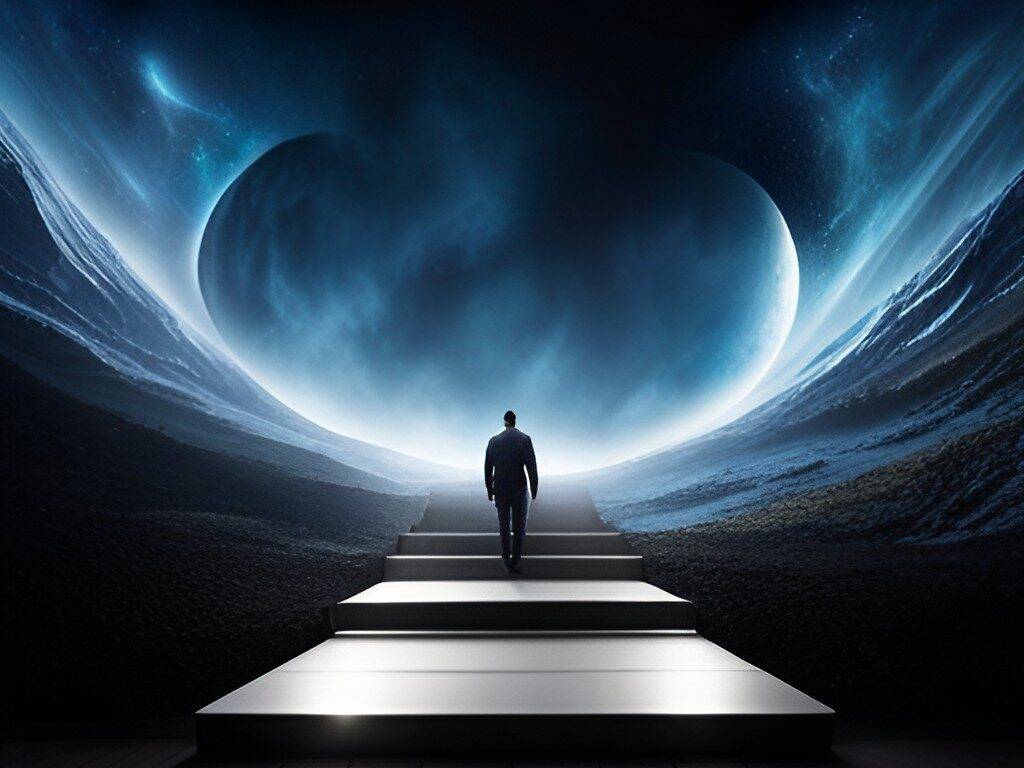
- Examples of Projection Mapping Artworks
Projection mapping has produced some incredible artworks over the years, ranging from small-scale installations to large-scale outdoor spectacles. Here are some examples:
- The Magic Flute, Berlin: a projection mapping show on the facade of the Berlin State Opera House, depicting scenes from Mozart’s opera The Magic Flute.
- Light Showers, Amsterdam: a projection mapping installation that transforms a dark alleyway into a magical rainforest, complete with animated animals and falling rain.
- The Bay Lights, San Francisco: a large-scale projection mapping installation on the San Francisco


